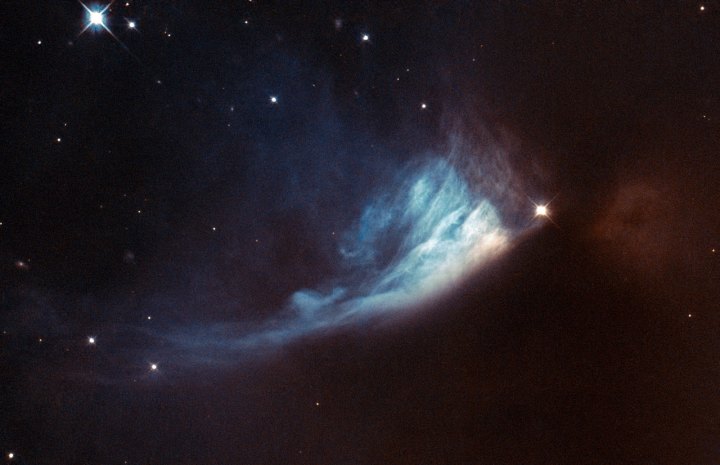
These distances put those of our own solar system to shame — Pluto, which seems pretty far away, is actually a mere 40 AU from the sun. And the exoplanet itself, dubbed 2MASS J2126, is enormous, with a mass that is somewhere between 12 and 15 times that of Jupiter. Scientists further say the entire makeup of this solar system and planet is different from ours.
“We were very surprised to find such a low-mass object so far from its parent star,” said Dr Simon Murphy from the Australian National University (ANU). “There is no way it formed in the same way as our solar system did, from a large disc of dust and gas.”
For quite some time, scientists mistakenly thought 2MASS J2126 was a rogue planet, floating off on its own in the far reaches of the universe. And understandably so — the BBC notes that this newly discovered system is almost “three times the size of the previous widest star-planet pair.”
“This is the widest planet system found so far and both the members of it have been known for eight years, but nobody had made the link between the objects before,” said lead author Dr. Niall Deacon of the University of Hertfordshire in a statement about the findings. “The planet is not quite as lonely as we first thought, but it’s certainly in a very long distance relationship.”
Editors' Recommendations
- Go on a ‘Grand Tour’ of the outer solar system with these Hubble images
- This comet is a pristine visitor from the earliest days of the solar system
- Could there once have been two stars in our solar system?
- See our solar system’s newest spectacle, comet NEOWISE, in glorious detail
- Is Planet Nine a miniature black hole? Scientists have a way to find out


